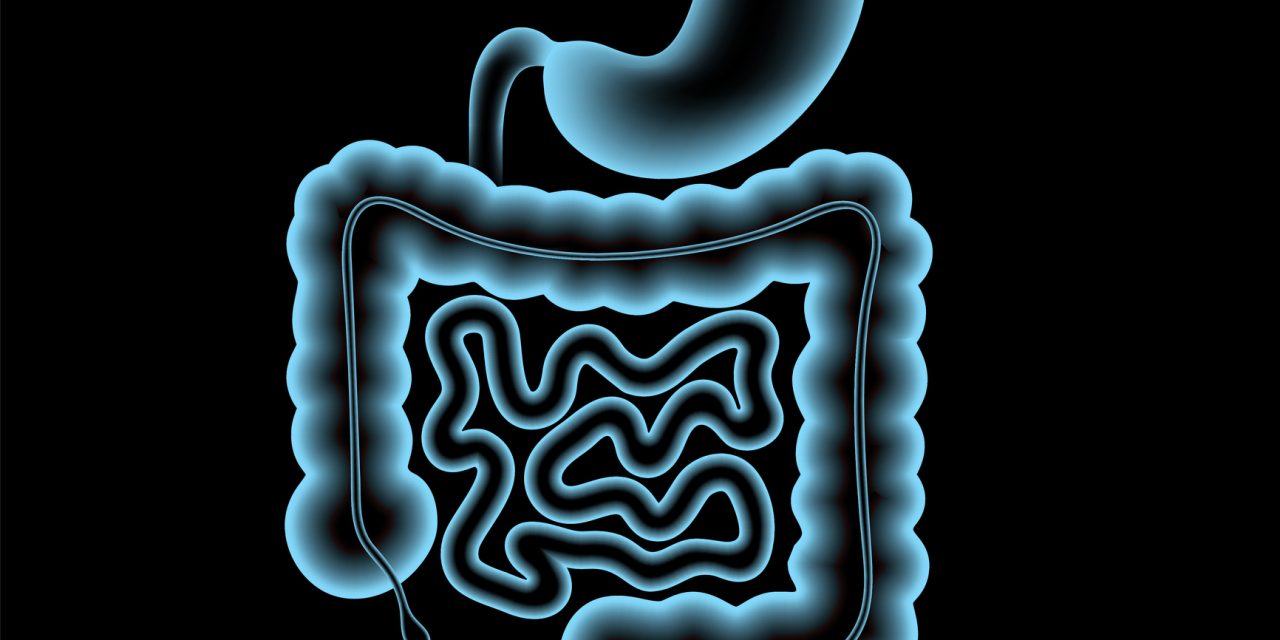The structure-specific ERCC1-XPF endonuclease is essential for repairing bulky DNA lesions and helix distortions induced by UV radiation, which forms cyclobutane pyrimidine dimers (CPDs), or chemicals that crosslink DNA strands such as cyclophosphamide and platinum-based chemotherapeutic agents. Inhibition of the ERCC1-XPF endonuclease activity has been shown to sensitize cancer cells to these chemotherapeutic agents. In this study, we have conducted a structure activity relationship analysis based around the previously identified hit compound, 4-((6-chloro-2-methoxyacridin-9-yl)amino)-2-((4-methylpiperazin1-yl)methyl)phenol (F06), as a reference compound. Three different series of compounds have been rationally designed and successfully synthesized through various modifications on three different sites of F06 based on the corresponding suggestions of the previous pharmacophore model. The in vitro screening results revealed that 2-chloro-9-((3-((4-(2-(dimethylamino)ethyl)piperazin-1-yl)methyl)-4-hydroxyphenyl)amino)acridin-2-ol (B9) has a potent inhibitory effect on the ERCC1-XPF activity (IC = 0.49 μM), showing 3-fold improvement in inhibition activity compared to F06. In addition, B9 not only displayed better binding affinity to the ERCC1-XPF complex but also had the capacity to potentiate the cytotoxicity effect of UV radiation and inhibiting the nucleotide excision repair, by the inhibition of removal of CPDs, and cyclophosphamide toxicity to colorectal cancer cells.Copyright © 2020 Elsevier Masson SAS. All rights reserved.
Design, synthesis and in vitro cell-free/cell-based biological evaluations of novel ERCC1-XPF inhibitors targeting DNA repair pathway.


